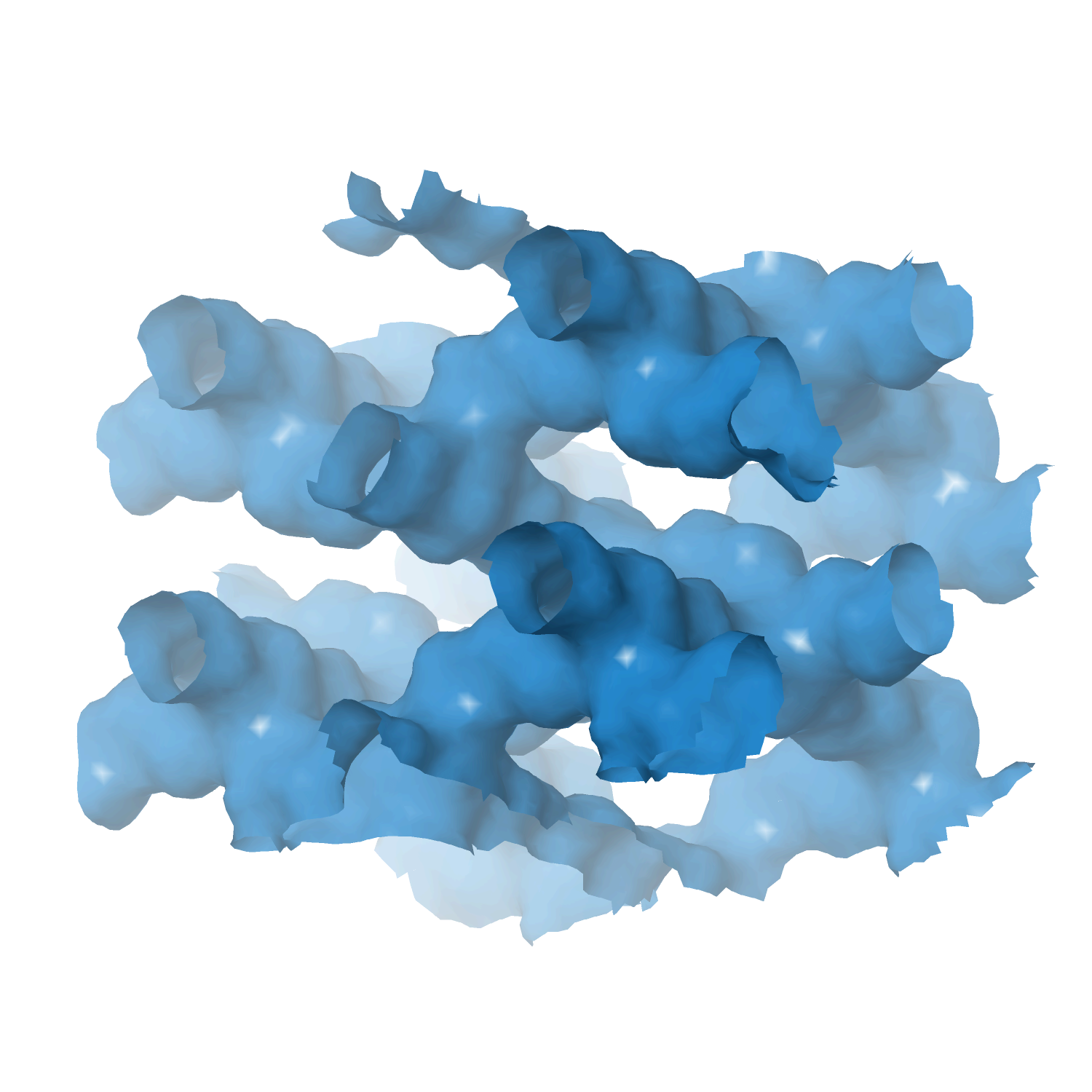
Advances in heterogeneous catalyst “structure” are driven to improve their “function” or performance, i.e., activity, selectivity, and stability. Cooperative research is required to understand the structure and function relationships: developing new synthesis protocols for heterogeneous catalysts with unique surface properties, defined porosity, identification and understanding of catalytically active sites, reaction mechanisms, and finally, prediction and analysis of the processes using various computational tools.
Our group focuses on developing new catalyst formulations using innovative synthesis routes for various important heterogeneous catalysts. That includes thermal, electro, and bio-electro catalysis.
The active phase cannot be used directly in its final application or reactor for various reasons, including poor mechanical resistance, heat or mass transport, and fluidization features. We must mix the active phase with other ingredients in a matrix of binder and filler, while we shape it into a technical catalyst. We investigate new synthetic protocols for technical catalysis using spray drying and fluidized beds to cover the whole range of sizes. At the same time, we incorporate additional (unconventional) ingredients such as SiC to improve some features even further.
Reforming processes are the backbone of hydrogen production routes, given the flexibility of their feedstock, such as methane, carbon dioxide, ammonia, waste plastics, or biomass. Heat transfer is a drawback at the industrial scale, reducing efficiency. We incorporate SiC in the technical composite, extrudate catalyst and develop a holistic approach to optimize and understand the effect of each constituent and its mixtures. We apply Ni-Ce as an active phase, bentonite or kaolin as a binder, alumina as a filler, and carborundum as the heat-transport carrier. We characterize the extrudate catalysts using various techniques, including crushing strength and thermal conductivity. We test the samples in the steam reforming of a model molecule, calculate the kinetics and deactivation, perform a multivariate analysis, and model an industrial reformer. The results lead to optimal catalyst formulations, demonstrating the authentic influence of individual and combined constituent at multiple scales: reaction, deactivation, properties, and reactor performance.